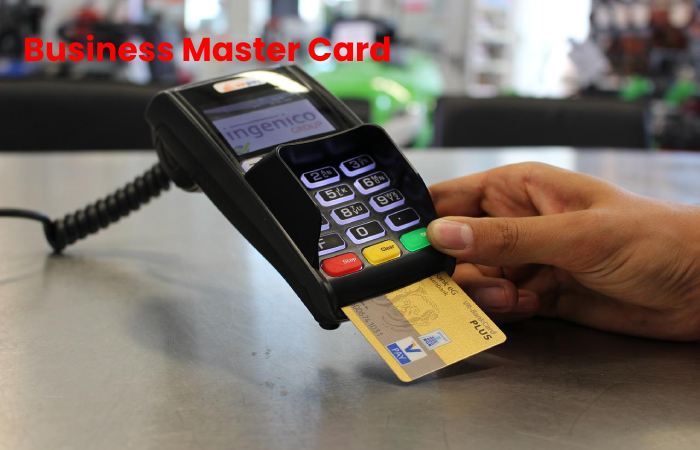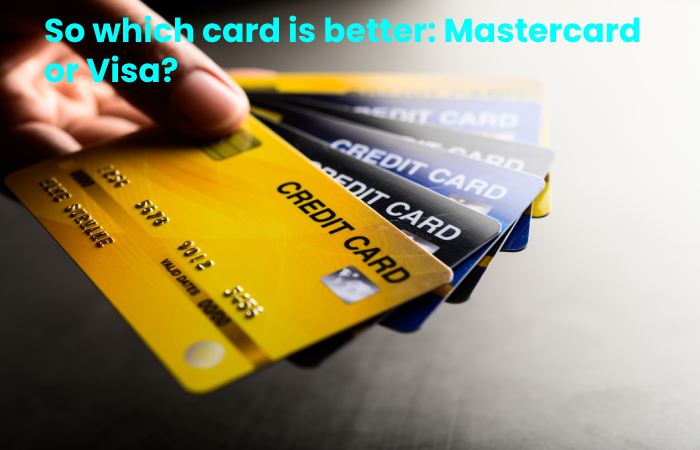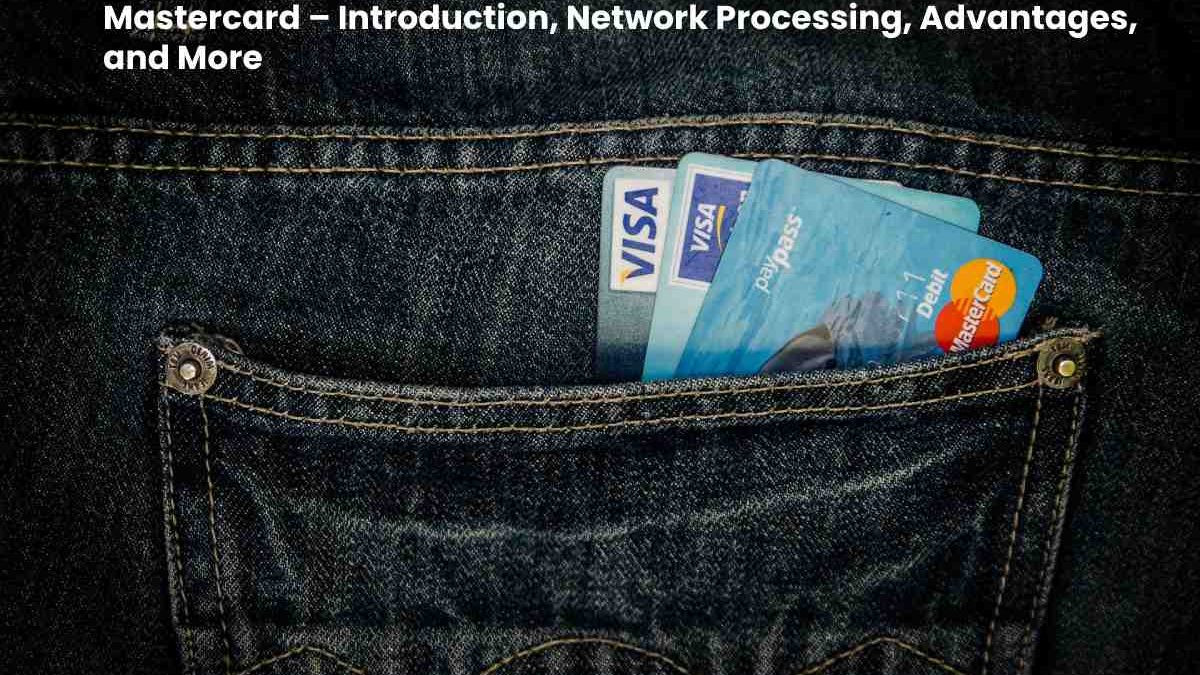Table of Contents
What is a Mastercard Card?
Mastercard works with member financial institutions worldwide to provide network Mastercard payment cards. After Visa, It is the second largest payment network is the global payment industry. However, Other major payment networks include American Express and Discover.
Mastercard uses its global payment network, which it refers to as its core network, to facilitate payment transactions, typically involving a Mastercard account holder and a merchant at those financial institutions. Payments by credit, debit, or prepaid card.
Key Recommendations
Mastercard is a payment network processor. Card partners with financial institutions that issue payment cards treated exclusively on the Mastercard network. Mastercard’s primary cause of revenue comes from the fees it charges issuers based on the gross dollar volume of each card.
Mastercard Explained
Mastercard itself is a financial services company that primarily generates revenue from gross dollar fees. Member banks issue Mastercard cards with the Mastercard logo and characterize by being an open loop. It means the card can use wherever Mastercard is accepted.
In the payments industry, there are four major payment card processors: Mastercard, Visa, American Express, and Discover. Each company operates a payment network and works with various institutions that offer cards.
All electronic payment cards have cardholder statistics that start with an issuer identification number (IIN) that distinguishes the network processor for electronic payments. The IIN can help identify the brand of the card if a logo is not visible.
Business Master Card

In 2020, Mastercard reported $6.3 trillion value of gross dollar volume, showing the amount of money traded comprehensively across its card offerings. The company collaborates with various institutions to offer multiple types of cards. Ultimately, their card offerings include credit, debit, and prepaid cards. Most Mastercard companies partner with financial institutions and their co-branded associates to offer open-loop credit card choices.
Mastercard does not have a finance division, as explained on the 2020 Form 10-K:
We do not issue cards, extend credit, regulate or receive revenue from interest rates or other fees charged by issuers to account holders or set fees charged by acquirers in connection with merchant acceptance of our products.
Branded and co-branded cards through financial institutions
Mastercard is partnering with member financial institutions, which issue cards to consumers, students, and small businesses. Member financial institutions often partner with co-branded organizations to give Mastercard reward cards to their customer bases. These organizations may contain airlines, hotels, and venders.
When Mastercard partners with a financial organization, the institution acts as the issuer. Said institution establishes the terms and benefits that a cardholder can receive on his card. A financial institution may partner with a credit card, debit card, or prepaid card.
Financial institutions offer many features on Mastercard cards to appeal to different types of consumers. Popular credit card structures may include no annual fee, issuer branding or organization custom rewards points, cashback, and 0% introductory rates.
When Mastercard credit, debit, and prepaid cards are deliveries through partners, the financial institution is primarily responsible for all card underwriting and issuance.
Mastercard Network Processing and Fees
The Mastercard network cards have different relationship maps depending on the type of card offered and the agreements. Regardless, Mastercard charges fees for the use of each card.
Typically, the five entities involved in a deal are cardholders, merchants, purchasing banks, issuers, and Mastercard as the network processor. Fees may vary by card agreement and merchant.
As a provider of network processing services, Mastercard is responsible for processing a transaction. Mastercard may charge an exchange fee to the issuer of a card card when the card is authorized. Still, in general, most of the expenses involved in the transaction procedure are known as interchange fees and are negotiated among the issuer and the acquirer.
Discounts for merchants and issuers
Therefore, To accept electronic payments from card, a merchant must have their own (buyer) bank that can receive electronic payments on the Mastercard network. When a cardholder uses their Mastercard, funds are transfers from the cardholder’s bank to the merchant’s bank account. The merchant pays a fee to the issuer for each transaction, known as the merchant discount.
For Mastercard, most of the company’s revenue generates from transaction fees charged to issuers and acquirers, thus who pay Mastercard based on gross dollar volume.
The GDV tax is a percentage of the total GDV. Issuers may also be required to pay Card a fee based on the co-branded card agreement. Each co-branded card contract has different fee terms, but the GDV fee is generally a basic standard. Card may also charge the issuer an exchange fee for each card authorization, which may be a factor in determining the issuer’s exchange fee for the merchant.
What does it mean if your card is Visa or Mastercard?
Visa are global financial networks that guarantee that you can use your credit or debit card in other countries, let’s say “regardless” of the bank that issued it in Mexico. If plastic has the support of any of these companies, it is welcome in practically any country.
In simple words, Visa and Mastercard are a kind of intermediaries between banks and merchants around the world to help transactions carried out more efficiently.
Both Visa and Mastercard payment companies make money by charging stores and merchants a fee to accept their cards as a form of payment, and they are supported in over 210 countries! But what do they gain? Much. Of course, it’s business.
Advantages of having a Visa or Mastercard credit card
-
- Accident insurance when you are traveling.
- It provides medical and legal assistance in emergencies outside the country.
- Protection of your purchases when using the card.
- It is an extended warranty and price protection.
- If Luggage loss or theft insurance.
- Car rental insurance.
- Special promotions and exclusive events.
- Concierge service, a personal assistant who will help you make reservations of all kinds and guide you during your trips to make the experience more pleasant.
- They accept in more than 210 countries around the world.
- Both brands offer you, in general, the same benefits and levels of protection so that you feel fully supported as a citizen of the world.
So which card is better: Mastercard or Visa?

If you have come this distant, you will have realized that both are very similar. The most significant differences lie in the banks that issue them, which apply conditions with greater or lesser advantages (discounts, promotions, etc.) for their clients.
In Spain, both options are good and very similar. Choosing one and the other will depend on your needs, for example, if you are going to travel abroad it will compensate you for having the one with the best exchange rate and making sure that it accepts in the countries you are going to visit.
What other cards exist in the world?
In addition to Visa and card, other credit and debit card franchises are sure to be familiar to you, although they have a smaller market share. Next, we talk about the two most famous:
Diners Club:
It was born in 1950 and was the first multipurpose credit card in the world. Holders of these cards accumulate points with each purchase, which gives them access to a wide variety of discounts, benefits, and exclusive experiences.
American Express:
this credit card is not free and characterized by offering its holders exclusive advantages that they could not enjoy with another card. Like the Diners Club card, American Express is widely used globally, with many companies offering one to their top managers.
Conclusion
Maestro is a brand of MasterCard debit cards that allows both are paying in stores and withdraw money at ATMs. Depending on the partner bank, Master cards can use to make online payments in most cases.
Also Read: Investment – Types, Fundamentals, Differences, and More

